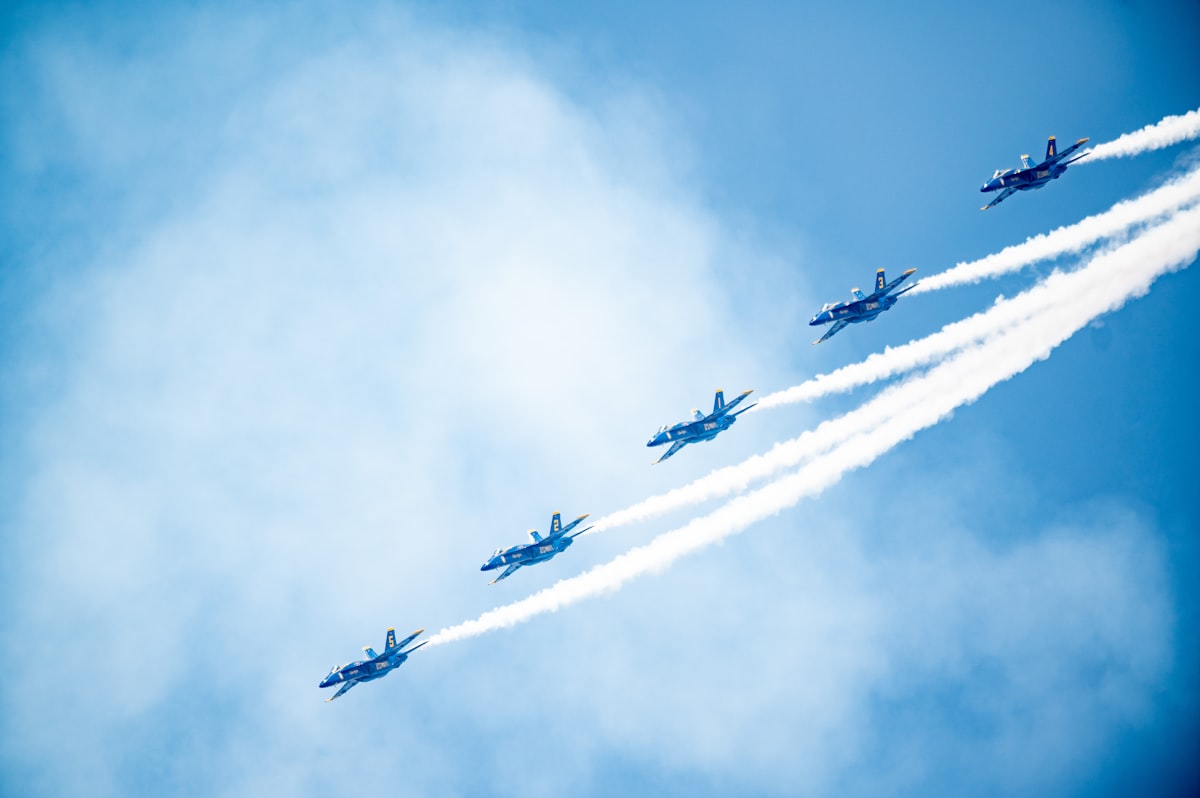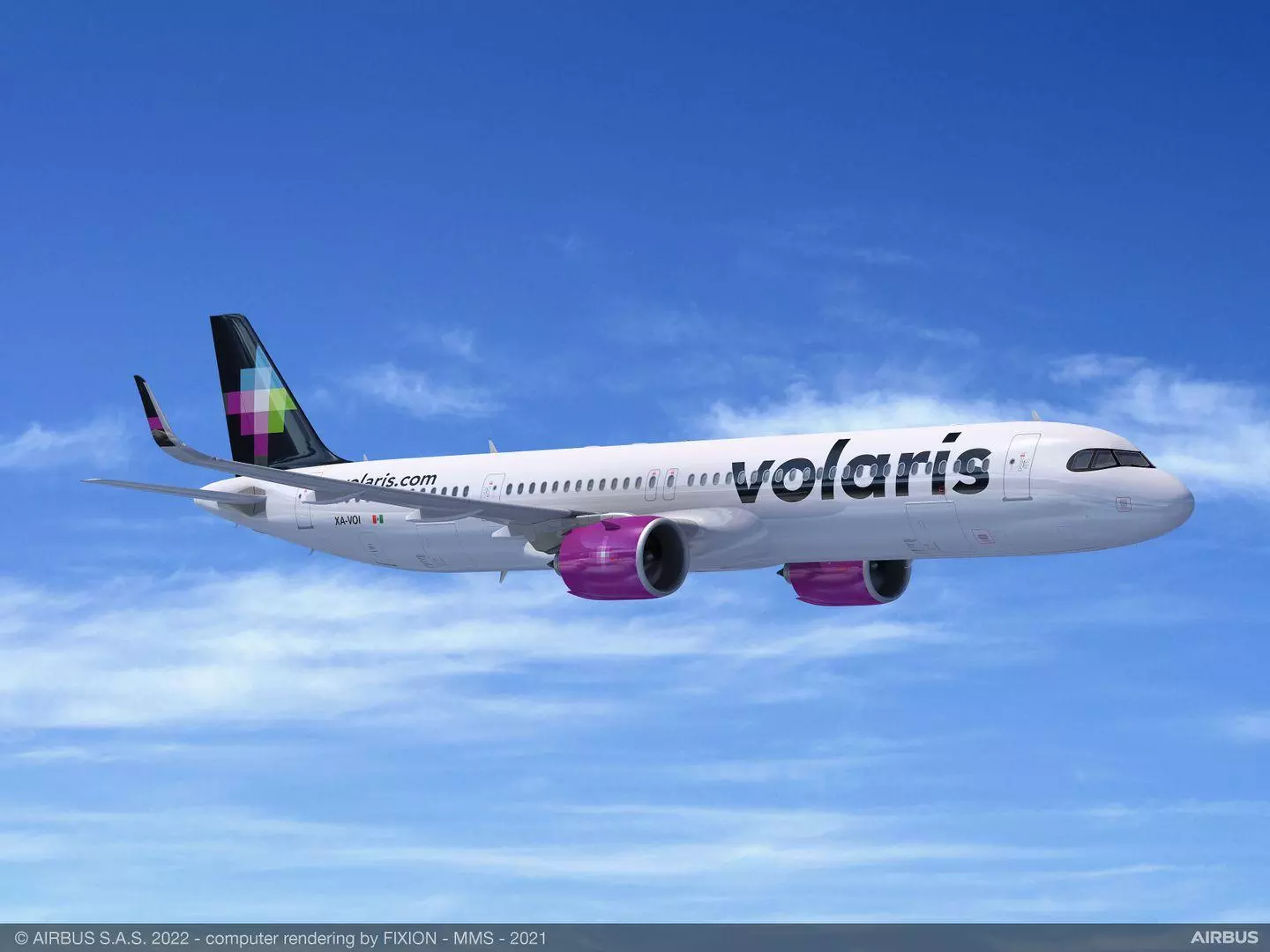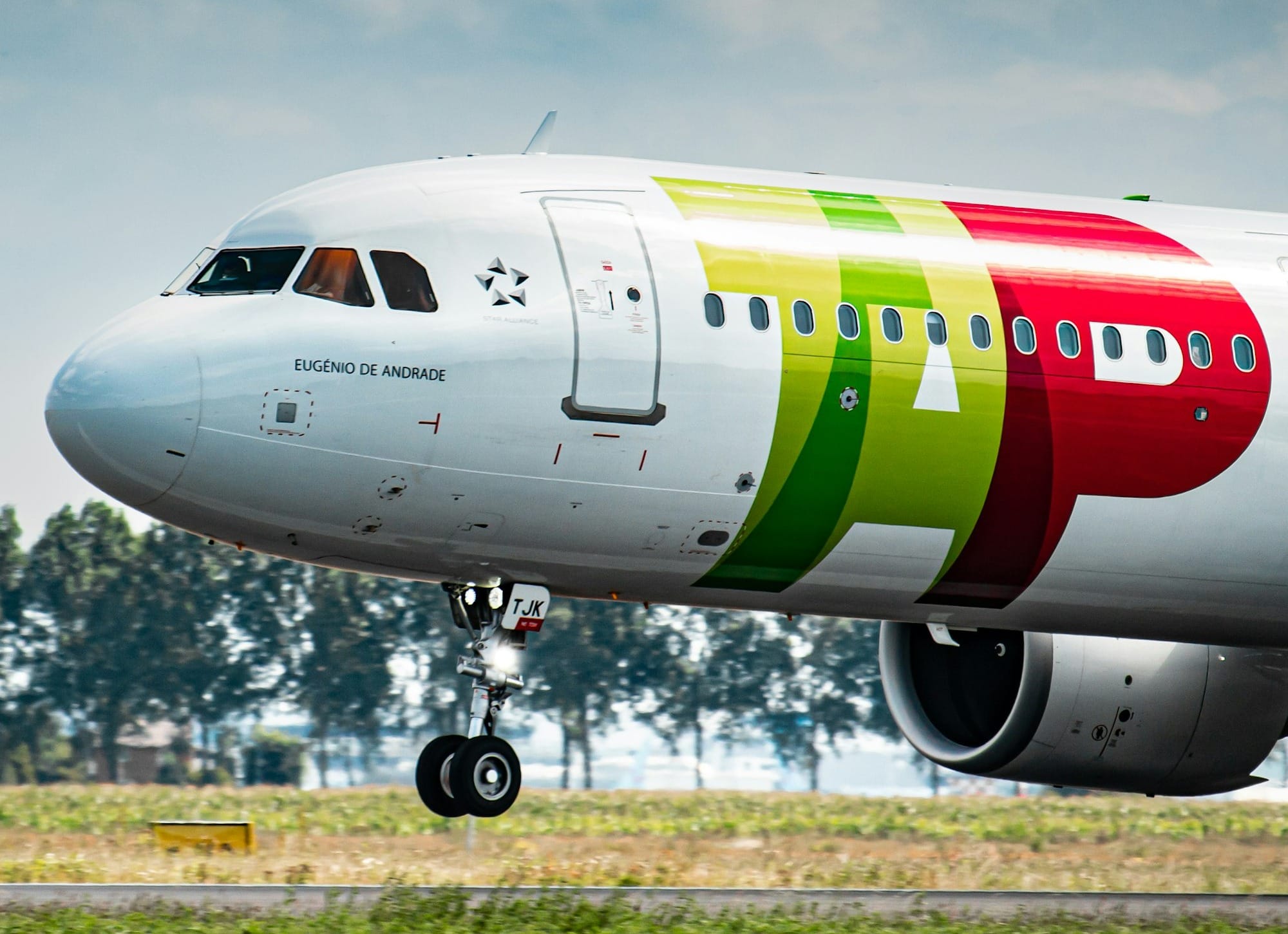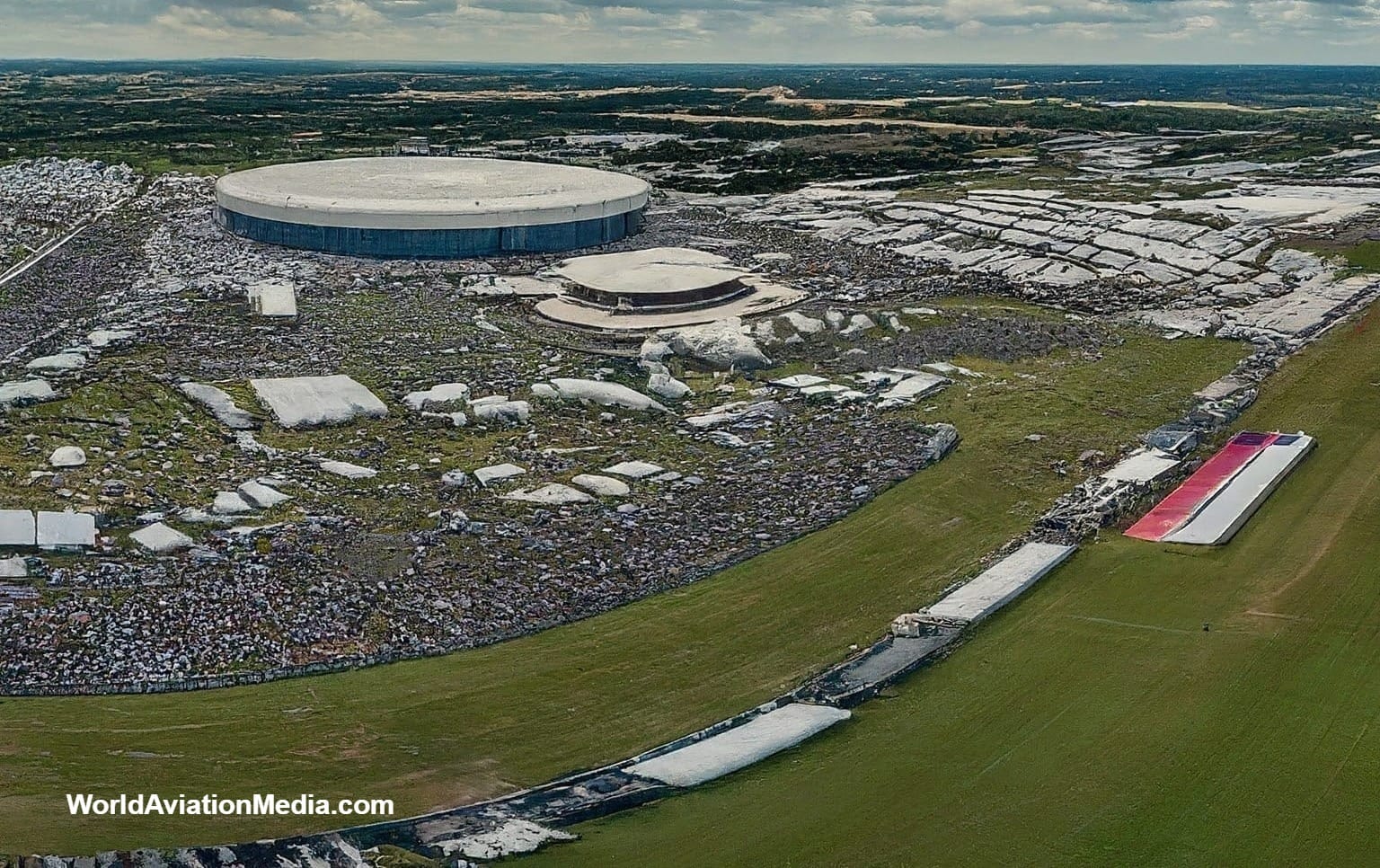Boeing Set to Conclude F/A-18 Super Hornet Production by 2025
The F/A-18 Super Hornet, a mainstay of U.S. naval aviation, is approaching the end of its production run. Boeing, the aerospace giant behind the aircraft, has announced that it expects to complete new-build production of the fighter jet by late 2025.


Boeing Set to Conclude F/A-18 Super Hornet Production by 2025
Key Takeaways:
- Boeing is set to conclude the production of the F/A-18 Super Hornet by late 2025, with the last deliveries scheduled for the U.S. Navy.
- The production timeline may extend to 2027 if Boeing secures contracts with international customers.
- The F/A-18 Super Hornet has been a cornerstone of U.S. naval aviation and the potential extension of its production underscores its global demand and versatility.
The F/A-18 Super Hornet, a mainstay of U.S. naval aviation, is approaching the end of its production run. Boeing, the aerospace giant behind the aircraft, has announced that it expects to complete new-build production of the fighter jet by late 2025. This timeline is contingent on current contracts with the U.S. Navy, which is the primary operator of the Super Hornet. However, there is a possibility that production could continue until 2027 if Boeing secures orders from international customers. This article will delve into the details of the production timeline, the capabilities of the Super Hornet, and what the future holds for this iconic aircraft.
The F/A-18 Super Hornet: An Overview
The F/A-18 Super Hornet is a twin-engine, multirole fighter aircraft capable of performing a variety of missions, including air superiority, day/night strike with precision-guided weapons, fighter escort, and close air support. Since its inception, the Super Hornet has been an integral part of the U.S. Navy's carrier air wings, providing unmatched versatility and reliability.
The aircraft has undergone several upgrades over the years, enhancing its combat capabilities and extending its service life. The latest Block III variant includes advanced networking, reduced radar signature, an enhanced engine, and a state-of-the-art cockpit system, ensuring that the Super Hornet remains competitive in modern warfare environments.
Advertising
Production History and Achievements
Boeing's production of the F/A-18 Super Hornet has been a significant achievement in aerospace manufacturing. The aircraft first flew in 1995 and entered service with the U.S. Navy in 1999. Over the years, the Super Hornet has seen action in numerous conflicts and has been exported to several countries, including Australia, which operates its own fleet of Super Hornets.
The Super Hornet's production has been a testament to Boeing's commitment to quality and innovation. The aircraft's design allows for ease of maintenance and upgrade, which has been a key factor in its longevity and success as a frontline fighter jet.
The End of an Era: Winding Down Production
As Boeing prepares to wind down production of the F/A-18 Super Hornet, it marks the end of an era for the company and the U.S. Navy. The decision to conclude production comes as the Navy shifts its focus to the next generation of combat aircraft and as Boeing realigns its resources to meet future demands.
The completion of the Super Hornet production will not only affect Boeing and the Navy but also the numerous suppliers and workers involved in the program. The transition will require careful management to ensure that the workforce and supply chain are effectively redirected to other projects.

The Role of the Super Hornet in U.S. Naval Aviation
The F/A-18 Super Hornet has played a pivotal role in U.S. naval aviation for over two decades. Its ability to operate from aircraft carriers and perform a wide range of missions has made it a valuable asset to the Navy's fleet.
The Super Hornet's versatility has also allowed it to serve as a testbed for new technologies and systems, which have subsequently been integrated into other aircraft and platforms within the Navy's arsenal. Its contribution to naval aviation will continue to be felt long after the last aircraft rolls off the production line.
International Interest and Potential Production Extension
While production is slated to end by 2025, there is potential for an extension if international customers express interest in the Super Hornet. Boeing has been actively marketing the aircraft to several countries, highlighting its proven track record and the cost-effectiveness of its operation and maintenance.
An international sale could extend the production line by two years, providing additional work for Boeing and its suppliers. It would also reinforce the Super Hornet's status as a desirable fighter jet on the global stage.

Advertising
Technological Advancements in the Super Hornet
Throughout its service life, the F/A-18 Super Hornet has benefited from numerous technological advancements. The integration of new sensors, weapons, and communication systems has kept the aircraft at the forefront of carrier-based aviation.
The Block III upgrade, in particular, has been a major enhancement, incorporating features such as an advanced cockpit system, improved network capability, and reduced radar cross-section. These advancements ensure that the Super Hornet remains a formidable force in aerial combat.
Economic Impact of Super Hornet Production
The production of the F/A-18 Super Hornet has had a significant economic impact, supporting thousands of jobs across the United States. Boeing's extensive supply chain for the Super Hornet spans multiple states and includes both large and small businesses.
The end of the Super Hornet production will have economic implications, but Boeing's strategic planning aims to mitigate the effects by transitioning workers and suppliers to other programs within the company's portfolio.
Future of Carrier-Based Combat Aircraft
With the Super Hornet production coming to a close, attention turns to the future of carrier-based combat aircraft. The U.S. Navy is investing in the development of next-generation platforms that will incorporate stealth, advanced sensors, and new propulsion systems.
These future aircraft will build on the legacy of the Super Hornet, leveraging the lessons learned and the technological advancements achieved during its production and operational life.
Advertising
Boeing's Next Steps in Aerospace and Defense
Boeing's aerospace and defense portfolio extends beyond the Super Hornet. The company is involved in a range of projects, from commercial aviation to space exploration. As the Super Hornet production winds down, Boeing will continue to innovate and develop new platforms that meet the evolving needs of its customers.
The company's expertise in aircraft design and manufacturing positions it well to lead the way in the next era of aerospace and defense technology.
Summary
Boeing's announcement to complete the production of the F/A-18 Super Hornet by late 2025 marks a significant milestone in the aircraft's history. The Super Hornet has been a cornerstone of U.S. naval aviation, and its potential production extension to 2027 hinges on international interest. The aircraft's technological advancements, economic impact, and role in U.S. naval aviation underscore its importance. As Boeing transitions to future projects, the legacy of the Super Hornet will undoubtedly influence the development of next-generation combat aircraft.



